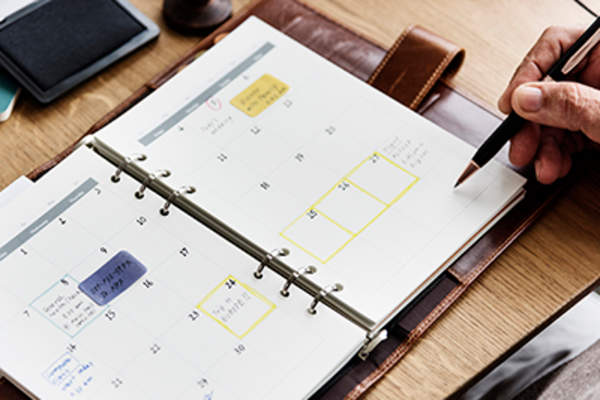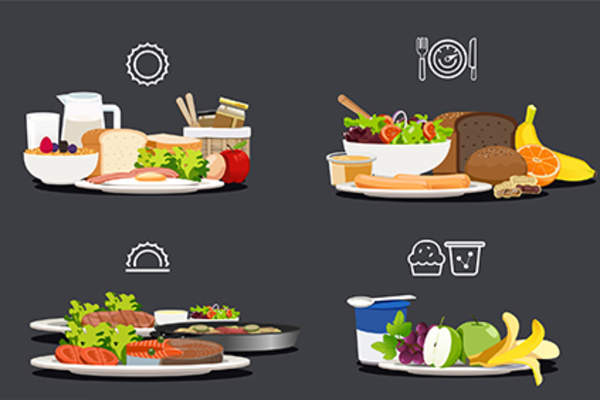如何创建一个饮食日记症状溃疡性结肠炎


When you hear the word “diary,” you might think of a little notebook with a flimsy lock and key. But when you’re living with a chronic illness like ulcerative colitis (UC), a diary can be so much more — in fact, it can help youmanage your condition。这本日记可以让你追踪你的食物,你的症状,你的便便,你的情绪健康,和其他任何涉及到你的UC。按照以下10个步骤来创建一个UC食品和症状日记您的具体需要。

Pick the platform
在创造食物日记的乐趣之一就是你可以进行个性化您的需求。您可以在几乎任何地方你喜欢写日记 - 数字或物理 - 它只是取决于你的个人品味。如果你不喜欢写下来的东西,不挑笔记本为您的平台。如果高科技让你心惊肉跳,不挑跟踪一个超级复杂的应用程序。

Choose your tools
Now that you know whether you’re going digital or tangible, the next step is to pick your tool. If you chose digital, you can use a Google Document or OneNote document, a Word document, an app like MyFitnessPal, or even the Notes app on your phone.
If you’re going the tangible route, you can pick a notebook with an inspiring quote on the front, a Moleskine, a legal pad, a spiral notebook, or a composition notebook. Pick something you like and that expresses your personality.

Determine what to track
You’ve got your platform and your chosen tool, so now it’s time to determine what to track. You don’t have to track every little thing, but it’s important to think about what information is the most beneficial to you.
问问你自己:你只打算来跟踪你的symptoms? Only your meals? Both? Are you going to track hours of sleep? Your weight? Emotions?
Track what makes the most sense to you.

决定的频率跟踪
说你决定跟踪your meals and your symptoms. Next, determine how often you want to track each element. One option is to track each meal and each symptom daily. You could also decide to track just meals daily, and your symptoms every other day — or vice versa. Decide on a cadence that not only makes sense, but that you can stick to without getting overwhelmed.

Create helpful categories
假设你已经决定每天跟踪所有你的饭菜和症状。下一步?制作类。这将帮助你创建一个模板,这样你就可以在你的信息迅速填补。
For meals, make sections for breakfast, lunch, dinner, and snacks. For symptoms, enter things like guts, joints, head, muscles, and more. List out your problem areas, or where you experience symptoms the most. Then, you can quickly enter in your info or check off symptoms for the day without much thought.

Set a goal
Establishing a tracking goal is important when creating your diary. This way, you have something you’re working toward and can reflect on over time. Make sure the goal isn’t too short-term — a goal to track for a day or even a week will likely be too short to tell you anything.
如果你与你的胃肠病数月即将到来的约会,让你的目标是这样,“我每天都会跟踪我的饭菜和我的症状,从现在到我的下一个约会。”

Get tracking
现在是时候来跟踪!你有你的工具设置和定制专注于你所关心的事情,所以现在你可以落笔,或手指屏幕或键盘。
A helpful tip: It takes 21 days to form a new habit, so stick with your tracking! If you forget a day, go back and update it if you can. The more you track, the more data you’ll have to reflect on and learn from.

Review your data
Once you reach your goal, take some time to review your stats. If your goal was to track for three months, go back and reread what you wrote down during that time period. If you notice that every day you had corn, you also had bloating, corn might be a food you don’t tolerate well. If you notice that every day you avoided gluten, you had little to no symptoms, you might think about starting agluten-free diet。请注意,任何趋势或模式,并记录他们的。

Share with your care team
分享你的发现!检查你和你的护理小组发现食物和症状之间的关系,不管是你的GI医生,心理医生你,你显著等,或者你最好的朋友。告诉他们你发现了什么了。您的GI医生可以使用你搜集来帮助数据指导您的治疗计划。其他人甚至可以以帮助保持你的责任,或者你做出更加注意决策帮助,当你出去吃或者在家做饭。

重新评估
一个月的跟踪后,你可能会想办法改善你的日记和跟踪过程。例如,你可以决定停止跟踪吃饭,因为你的症状是一样的,不管你吃什么的。或者你可能决定开始全天跟踪你的情绪太。你甚至可以找到你恨你挑来创建你的日记的平台或工具,并决定重新开始。不管是什么,你认为合适,不断提高你的日记及其对健康的好处做出调整。
